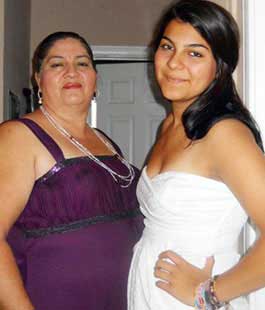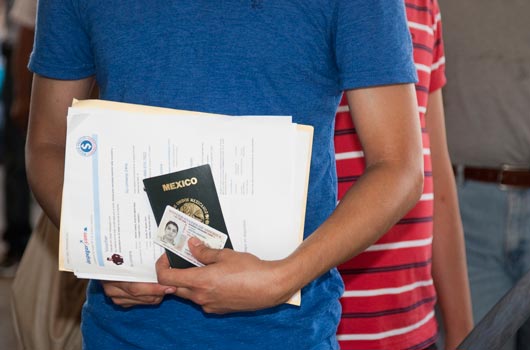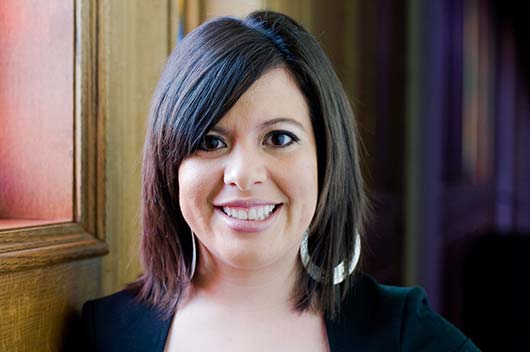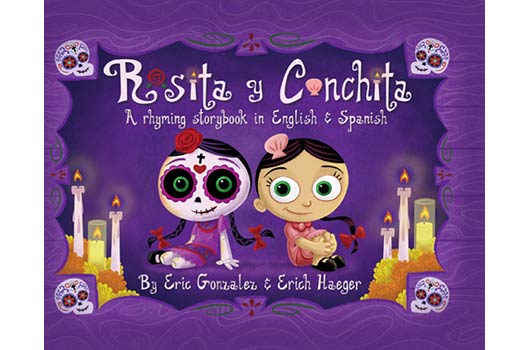
Growing up in East Palo Alto, an area south of San Francisco with one of the highest crime rates in the nation, Latina Silvia Vazquez remembers cringing when her friends and family called her a nerd. It was not considered cool to study. But now, the 17-year-old high school grad is off to a nerd’s paradise: Massachusetts Institute of Technology after turning down Stanford, Harvard, UC Berkeley and Columbia University which also accepted her.
“My classmates would ask ‘why are you trying to so hard?’” she said recalling her elementary school days. “They were there because they were required to. They didn’t see a future for themselves. But I wanted to do something. College was something I only dreamed of.”
It has not been easy. Silvia is the 11th child of 13, born to Mexican immigrant parents who did not graduate from elementary school and speak mainly Spanish at home. They live in a small three-bedroom home. While her parents and siblings were loving, education was an afterthought in the Vazquez family.
“There is a typical view in East Palo Alto that people don’t see learning or going to school as something important,” said Silvia. “Seeing my family sometimes go with that attitude disappointed me.”
Fortunately, one older sister was accepted into Eastside College Preparatory School, a rigorous private school committed to educating students from traditionally underrepresented minority groups. Her sister encouraged Silvia to apply and transfer out of the public school system.
It was a life-changing decision.
Read Related: Top 10 Reasons Why Latinos Need to Go to College
LIFE IN A RIGOROUS SCHOOL
At Eastside, the day begins at 8 am and ends at 5 pm—officially. Teachers often stay until late into the night to help students reach their goals. Most students are on scholarship. Although Eastside is in the heart of East Palo Alto, it is miles away from the failing schools and gang life that surround it.
But Silvia’s first years were tough. The work load was at times overwhelming. She was too shy to speak out in class and would often sit quietly, holding her thoughts and questions to herself. She had learned at a young age that keeping quiet was the easiest way to go. She would try to make up for it by doing extra work, writing long answers in tiny and precise print.
“I always felt safe being in my own bubble,” she said.
But as the years passed, she gained more confidence. School was her sanctuary. With support from her teachers, friends and counselors, she was able to overcome personal tragedies like the death of her father from complications of diabetes three years ago. He had been a janitor at Stanford for more than a decade and would have been proudest to see his daughter accepted there.
“Times have been tough. She has been on the brink of tears in my class because of all the external pressure she has put on herself,” said Ryan Atkins her physics teacher. “That is the positive culture of our school, where we celebrate students who are pushing themselves. She also found that academics could be an outlet for her and the things happening in her life.”
Last summer she saw just how well she could compete with fellow engineering and math students when she was accepted into MIT’s summer minority recruiting program. The program, called MITES (Minority Introduction to Engineering and Science) is part of the university’s effort to bring more minorities into its ranks. In the 2010-2011 school year, 14%, or 613 students, of MIT’s 4,384 undergraduates were Hispanic.
At MITES, Silvia took full course loads with 80 other minority students, often working late into the morning. It was grueling and challenging but it re-sparked a love of learning that she thought she had lost. At MIT she learned to embrace being a nerd.
[nivoslider id=”11852″]
“I went with a really negative attitude, and I didn’t want to do the program. After three weeks I wanted to come home to my family,” she recalled. “But that was part of the growing process. I had never met such willing and cooperative students. At MITE, I worked hard because I wanted to learn.”
It also helped her decide which school to attend when she got her acceptance letters. Many of her teachers had attended Stanford, and so they were pulling for their alma mater. Silvia was torn. She had always dreamed of going to Stanford and it was only a few minutes from her home. But in the end she chose MIT because of her summer experience and the realization that going so far from home would give her much-needed independence.
“I liked being independent and on my own. I couldn’t depend on my family for the rest of my life,” she said. “I have these four years to try something new, to go to a different part of the country and grow in the process.”

Silvia and Bambilia Vazquez
MOM IS PROUD BUT SAD
Her mother, Bambilia, was not surprised that she was accepted into so many schools. After all, Silvia brought home a B once in her school career, and she promised herself it would never happen again. Even though Bambilia is proud of her daughter, she is a little disappointed that she chose to go so far away.
“She had the opportunity to study closer to home,” she said. “But when we talked about it, I saw that she was more excited to go away. So I can only support her.”
Silvia is hoping to become a mechanical or electrical engineer. In fact, she would like to dedicate herself to changing attitudes in the Latino community about the importance of going to school.
The statistics are getting better, but are still not good. According to a 2011 study by the Pew Hispanic Center, 73% of Hispanic 18- to 24-year-olds completed high school in 2010, compared to 61% in 2002. But among those 2010 graduates, only 44% have gone on to college.
“I want to influence people to work hard and to escape the life that has trapped so many—idolizing a street life rather than an educated life,” she said. “Even if it means one person at a time, I don’t want people like me to feel isolated like I was… Today, I have no problem at all being called a nerd.”










